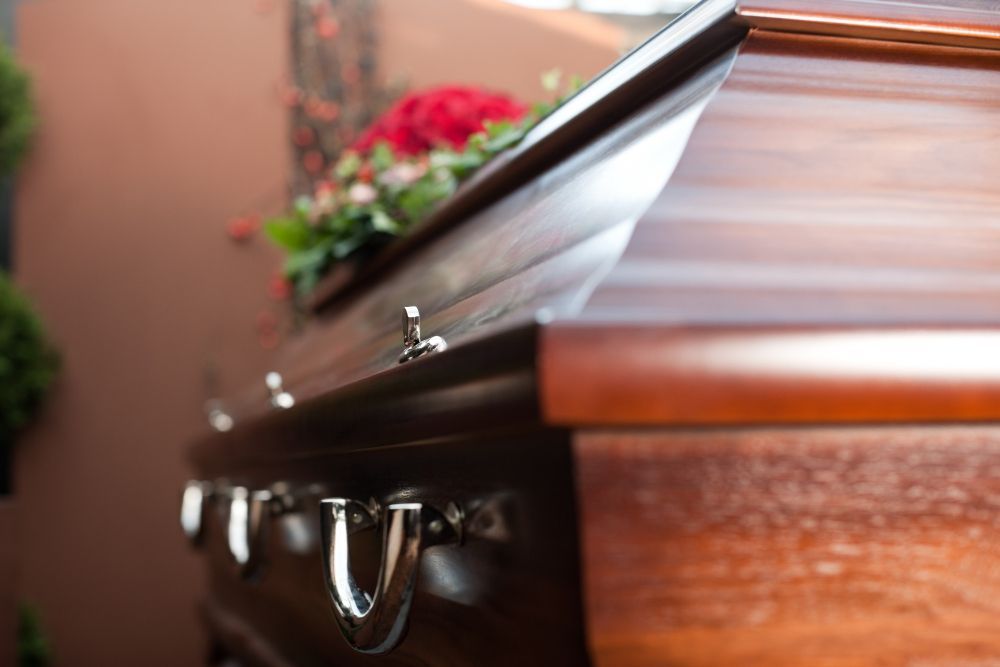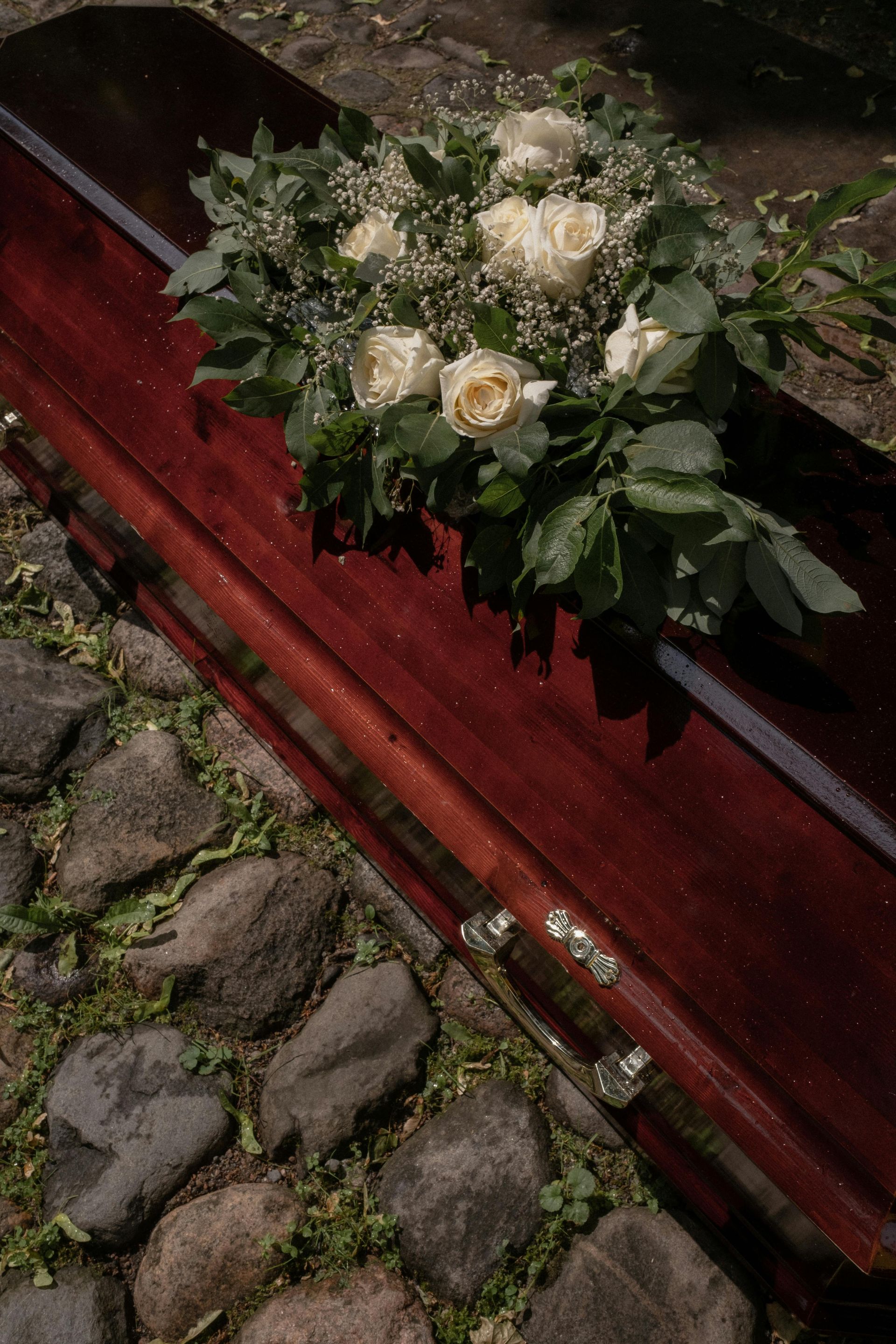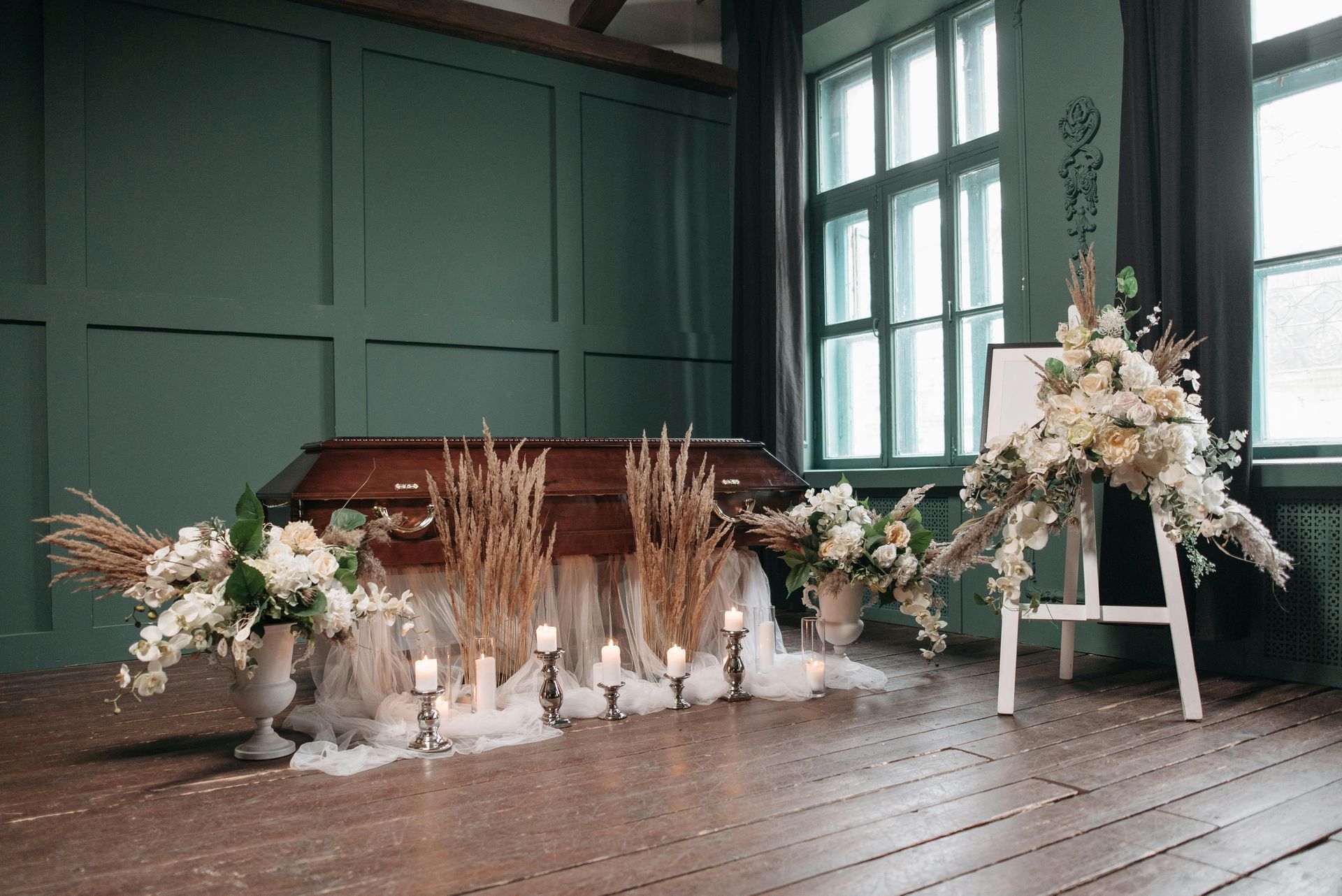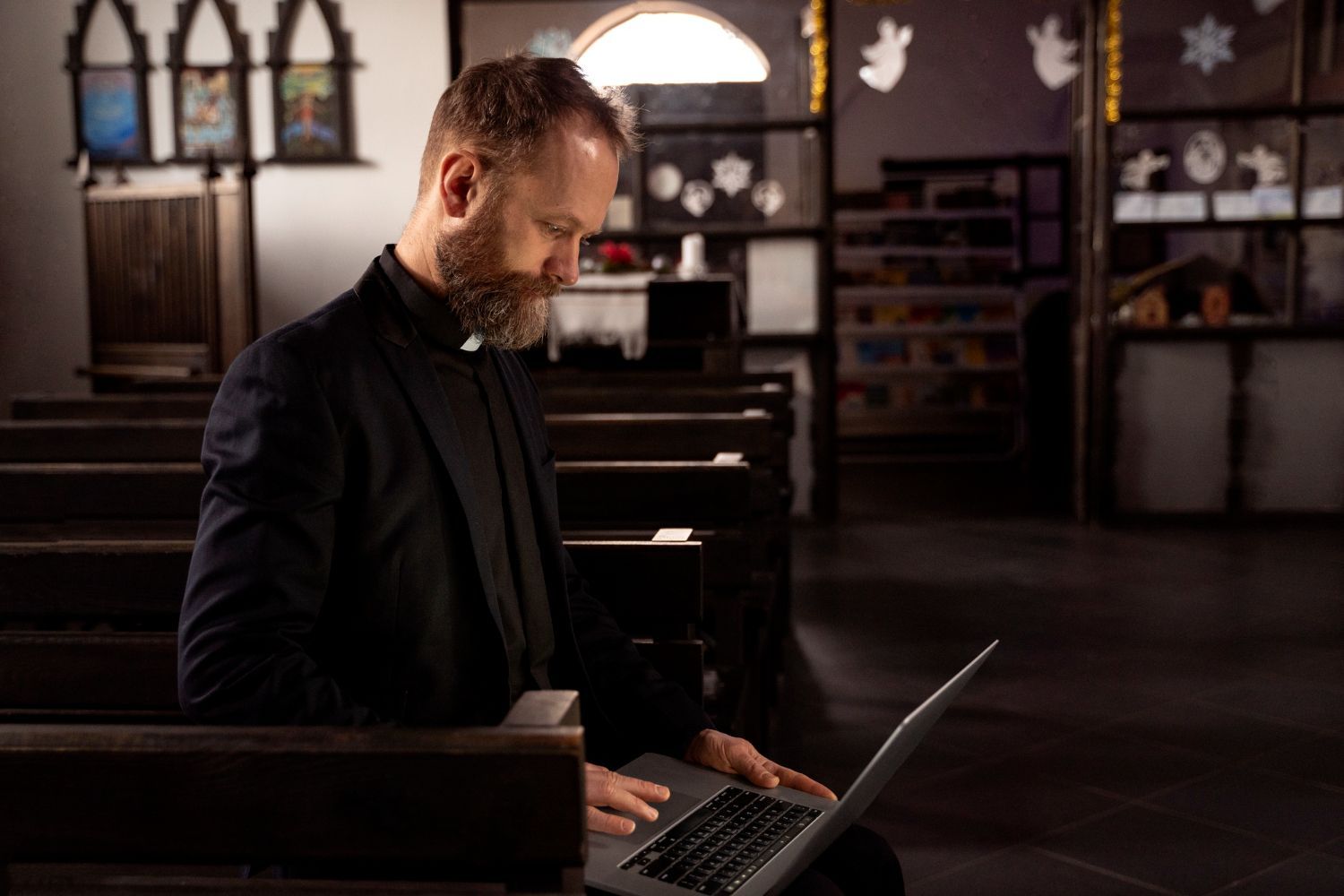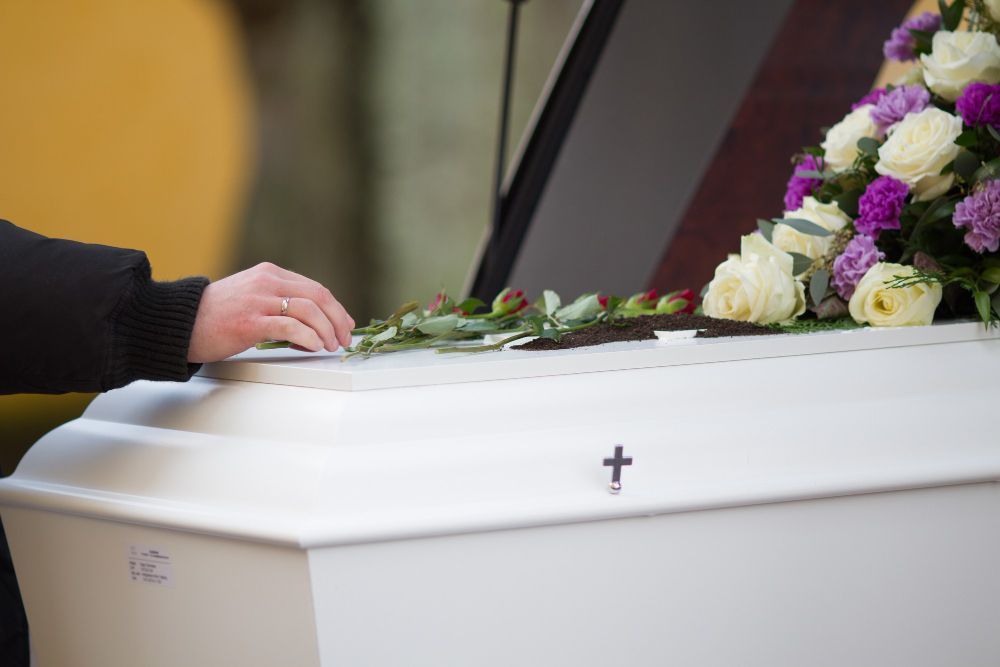Funeral Planning
Access helpful tips, practical advice, and personalised insights to honour the memory of your loved one.
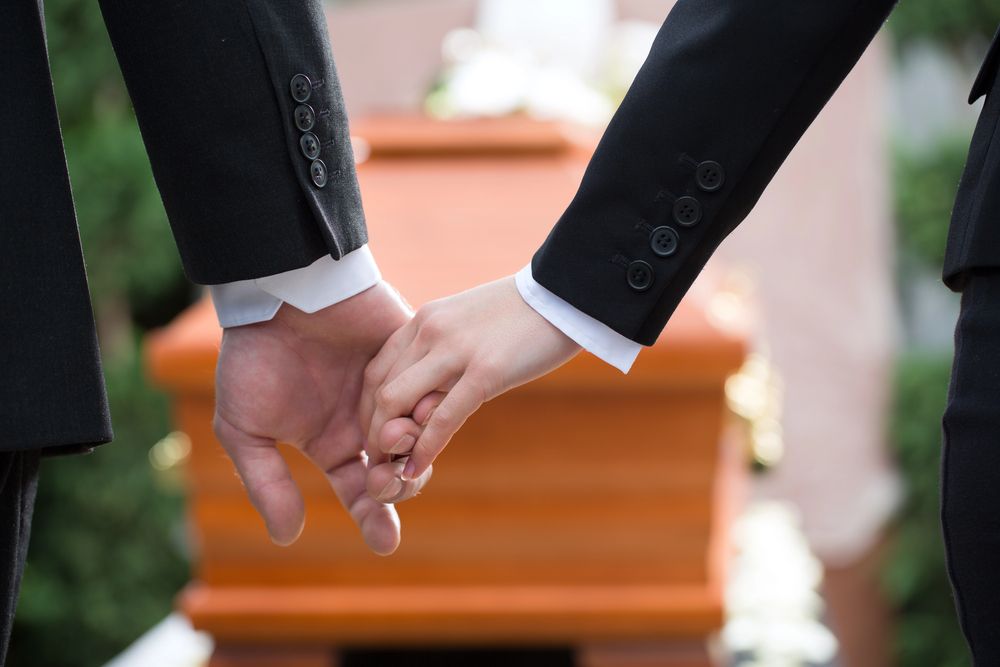
September 24, 2024
Losing a loved one is incredibly challenging, and understanding what happens next can help provide some comfort during this difficult time. This blog offers an overview of the process involved in caring for and preparing the body of a loved one after death. We’ll walk you through the immediate steps following a person’s passing, including how the body is handled and prepared, and what to expect if individuals want to help care for the body. What happens when someone passes? When someone dies, the people involved are presented with a choice to either care for the body of their loved one, or entrust that responsibility to someone else. Immediate Steps after Death Once death has been pronounced and authorities notified, the body is prepared for transport. The body is often moved to a funeral home or mortuary, where it will be cared for according to the family’s wishes. Whether the body will be buried, cremated, or prepared for any specific religious or cultural rituals, this is the time for loved ones or funeral professionals to begin the necessary arrangements. For those who choose to care for the dead, it's often a way to provide respect to the person who has passed. This can include preparing the body, arranging a funeral or memorial service, and handling burial or cremation. Some cultures and individuals prefer natural methods, such as home funerals, where family members may wash and dress the body, keeping it at home before the burial. Others may choose professional care through a funeral director, who ensures will follow the same practices preparing it for burial or cremation. This is ultimately down to preference of the loved ones, and occasionally, it can be important for them to help care for the body of their loved one. Cultural and Religious Considerations It is important to follow and respect the traditions and beliefs of the deceased and their loved ones. Religious and cultural practices provide structure, comfort, and meaning, helping those left behind to grieve while ensuring that the deceased is honoured in accordance to the way they lived. From prayers and chants to specific religious rituals, these practices are an integral part of the mourning process. While we cannot speak for the wide variety of cultural and religious communities who are deeply familiar with their own practices, we understand that they know best how to care for their deceased in a way that reflects their beliefs. Their experience and knowledge within their traditions offer the most respectful and appropriate ways to honour the dead. Caring for the body of a loved one There are many steps that will need to be taken in order for the body to be properly cared for. Before any work begins, the environment for care must be prepared. The area should be clean, quiet, and private, with all necessary supplies laid out, such as gloves, mild soap, warm water, towels, and any chosen clothing for the deceased. If cultural or religious rituals are involved, the appropriate tools and sacred items should also be on hand. Washing the body The first step is to wash the body carefully, starting with the face and moving downward. What is used: Warm water, mild soap, clean towels, washcloths, and gloves. Process : The body will be gently cleaned with warm water and soap. Care is taken to wash each area delicately to avoid causing distress to the family or disrespecting the body. Special Considerations : If there are religious or cultural rituals, such as anointing the body or specific prayers, these should be observed during this stage. The process of washing the body is done with great care. This step is often guided by the religious or cultural practices of the deceased. For example, in certain faiths, such as Islam, a ritual washing is required before burial, with specific methods for cleansing the body. Even when not bound by religious rites, the washing is carried out delicately, ensuring the deceased is treated with dignity throughout. Washing and caring for hair The hair is washed and styled according to the preferences of the family or cultural norms. Whether it’s combing the hair into a simple, neat style or following a more traditional grooming practice, this step ensures that the deceased’s appearance reflects their individuality. The attention to detail in hair care honours both the deceased and the family’s wishes, allowing them to be remembered as they would have wanted. Nail Cleaning Fingernails and toenails are carefully cleaned and trimmed as part of the grooming process, ensuring the deceased is well-presented. This simple yet meaningful step ensures that every aspect of the body is tended to, adding to the overall sense of respect and care. Drying and Preparing the body After washing and grooming, the body should be gently dried. Towels: Use clean, dry towels to softly pat the body dry. Positioning: The body may be positioned in a natural, restful pose at this stage, in preparation for dressing.
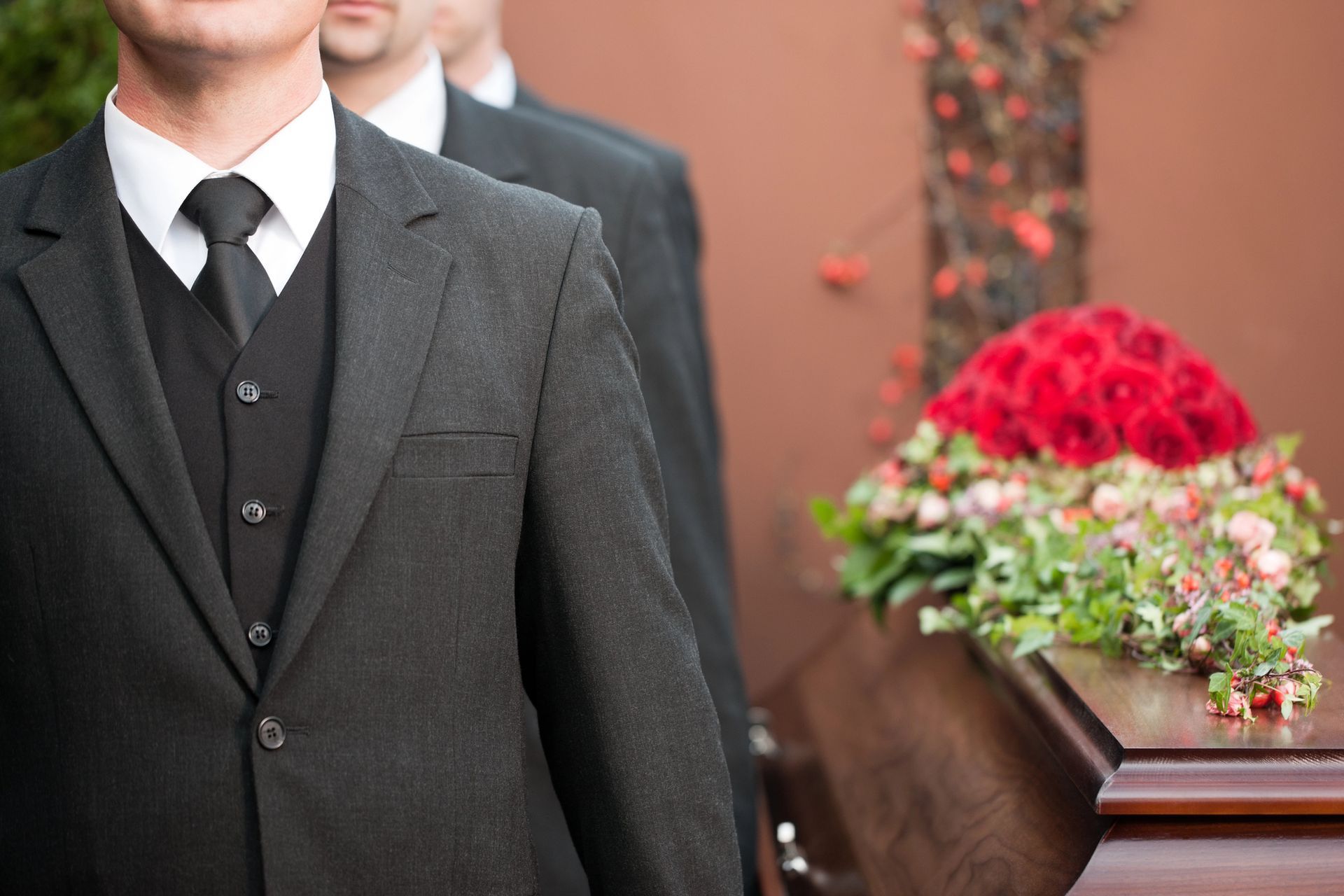
By Leon Blair
•
August 13, 2024
Planning a funeral can be an emotionally challenging experience, and the financial aspect often adds an extra layer of stress. Understanding the various costs associated with a funeral can help you budget effectively and make planning a funeral a little easier during a potentially very difficult time. This guide will walk you through the typical expenses involved in planning a funeral, so you can have an idea of what to expect. What are the main things you pay for at a funeral? These costs can be condensed into many different areas, and can also depend on your specific requirements. For example, if you opt for cremation rather than burial. There are also areas such as obtaining death certificates, or handling the deceased’s estate all of which can add up to the overall costs of the funeral. We haven broken each aspect down into what you can expect to pay for, taking a deeper look into the different areas of a funeral, what to expect from this and why it costs. Funeral Director's Fees The funeral director's fees are one of the primary costs associated with planning a funeral. A funeral director ensures that all legal and logistical aspects of the funeral are handled professionally, allowing you to focus on grieving and supporting your loved ones. These fees generally cover the following: The professional services of a funeral directors includes the funeral director’s time and expertise, as well as the use of their facilities for arranging the funeral. It typically covers tasks like securing necessary paperwork, organising the funeral, and liaising with other service providers, all of which can provide some peace of mind and, offer the family and friends of the deceased time to grieve. Transportation of a the Deceased The cost of transporting the deceased from the place of death to the funeral director's premises, and then to the crematorium or cemetery. Transportation costs typically include moving the deceased from the place of death to the funeral home, and from the funeral home to the place of service or burial. This can also cover additional vehicles, such as limousines for family members. The deceased needs to be transported respectfully and safely. Additional transportation for family members ensures that everyone arrives together and on time for the funeral service. Type of Funeral The type of funeral you have will play a big part in your costs, and this can vary from family to family. As an example, deciding between a coffin or an urn will add to your costs. Coffins can range from simple and understated to elaborate, while urns vary based on material and design. A coffin or urn is essential for the dignified handling of the deceased, whether they are to be buried or cremated. It also provides a focal point for the service and can be a meaningful representation of the deceased's personality or wishes. Following this, deciding between a funeral or a memorial service will impact any costs. Funeral or Memorial Service You might be wondering, whats the difference between a funeral and a memorial service? Simply put… Funeral : The body is present, typically involves more traditional and formal elements, and happens soon after death. Memorial Service : The body is not present, is more flexible in timing and location, and often centers on celebrating the life of the deceased. The funeral or memorial service is a key part of saying goodbye, providing an opportunity for friends and family to gather, remember, and honor the life of the deceased. The venue and officiant help create a respectful and meaningful atmosphere for this occasion. Burial or Cremation For a burial, this includes the purchase of a burial plot and the cost of interment (the process of placing the coffin in the ground). For cremation, this covers the cremation process itself and the return of the ashes to the family. Burial and cremation are the two primary methods of laying the deceased to rest. These services are essential for the final disposition of the body, providing closure and a place for loved ones to visit and remember. Reception Service If you choose to hold a wake or reception after the service, catering costs will include food, drinks, and possibly the hire of a venue. A reception provides a space for family and friends to gather informally, share memories, and offer support to one another. It can be a comforting conclusion to the day’s events. Personalisation Many people like to personalise funerals as this is a nice way or representing and remembering the person that was lost. There are many ways to personalise, all of which can add to your overall funeral costs. Grave Marker or Memorial: This includes headstones, plaques, or other forms of memorials placed at the burial site or elsewhere, such as a garden of remembrance. Floral tributes: Floral arrangements, wreaths, and bouquets are often purchased to decorate the coffin or to be displayed at the service. For example, you often see flower arrangements with the individuals name, or title, such as ‘Grandad’.
Can’t find what you’re looking for?
We’re happy to answer any questions you have. Just drop us a line, or give us a call.
01902 246 040 // 81 Tempest Street, Wolverhampton, WV2 1AA
© 2025
Tailored Funerals. All Rights Reserved | Privacy Policy | Terms of Business
We use cookies to ensure that we give you the best experience on our website. To learn more, go to the Privacy Page.
×

